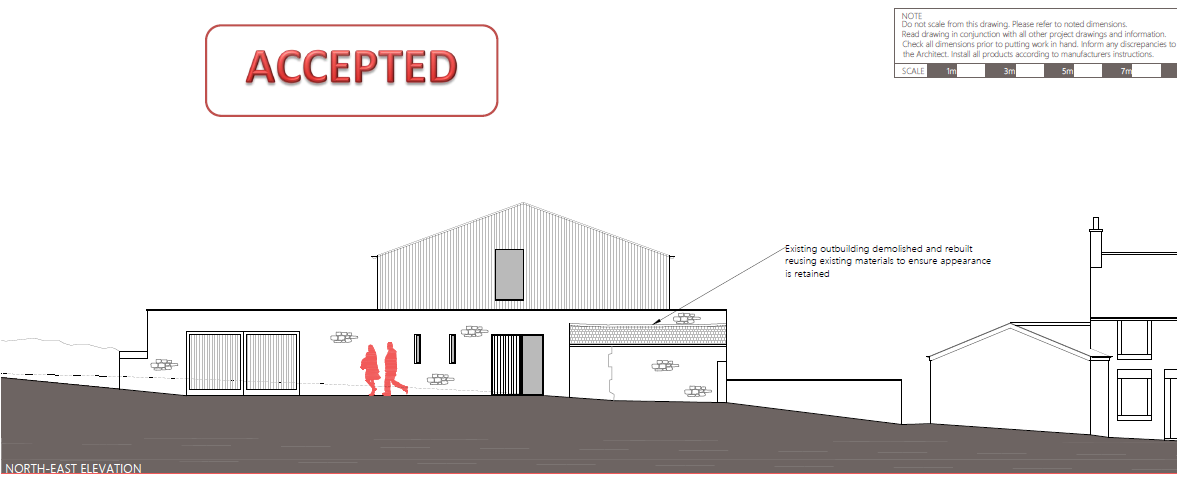piling Piling; getting quotes and comparing them fairly
Why Piles? Because we are on a spoil heap.
Our house will be built on the spoil heap of what was a clay and sandstone quarry. We are here The ridge of trees 50m to the south stand on the top of what was the old quarry face. We had a soil survey done (have a look at it here) The bore hole location map is on page 47 and the profiles are detailed on the next pages. Here's how much it cost to get this done. (Feb 2015; desk study and geophysics).
Our house will stand on the site of the old chicken shack. Debbie (SWMBO and @MrsRA), bless her heart, had the foresight to buy this piece of land in 1985. And I had to mow it. Win some, lose some. Sold the mower the other day - paid for the survey. Won that one.
The desk study and and ground investigation report were supported by a proper site survey (see page 47 here - the bore holes are the green smudges) The full site survey is an A1 sheet which I've had printed and attached to the wall of the kitchen for reference. There'll also be a copy in the container office. It is a key bit of paper (vinyl).
Our Structural Engineers are simply brilliant (PM me for details if you like). They took the details above and turned them into a plan for our piling. They needed all the above details - cost of all the above about £3500 if you take everything into account. Result of that expenditure is reasonable confidence that we aren't making a significant error in design.
Here's a copy of the piling design, together with a table of the loads for each pile
PilingCalculationsInsulatedFoundation.pdf
I prepared a simple zipped briefing pack for each piling contractor: contents: Soil Survey, SE's Piling design and plan, Architects Plans, Photos of the site, Site surveyor's report, United Utilities Underground Services report, Screen Grab from Google maps, overhead and Street View.
I googled 'Screw Piling' site: .uk, and contacted the first three or four attaching the site briefing pack. I also googled ' piling Lancashire ' and rang up a few local companies.
"What, you've 'ad a site survey done, mate? What, how moooch did that costcha? ....'OW MOOCH? Hmmm, we'd a dun that fo ya fer nowt maaate"
"Thanks, I'll be in touch". Pity that. I'd love to spend the money locally.
Next problem. How to compare like with like when -if- the quotes come in? How can anyone compare quotes fairly? It isn't easy. Hence this blog.
So, I've decided to expose the process as fully as is sensible (protecting suppliers' confidentiality, and removing all names and contact details)
Come along with me - pick the process to bits for yourself, and maybe make the process easier for yourself.
-
 1
1



18 Comments
Recommended Comments
Create an account or sign in to comment
You need to be a member in order to leave a comment
Create an account
Sign up for a new account in our community. It's easy!
Register a new accountSign in
Already have an account? Sign in here.
Sign In Now